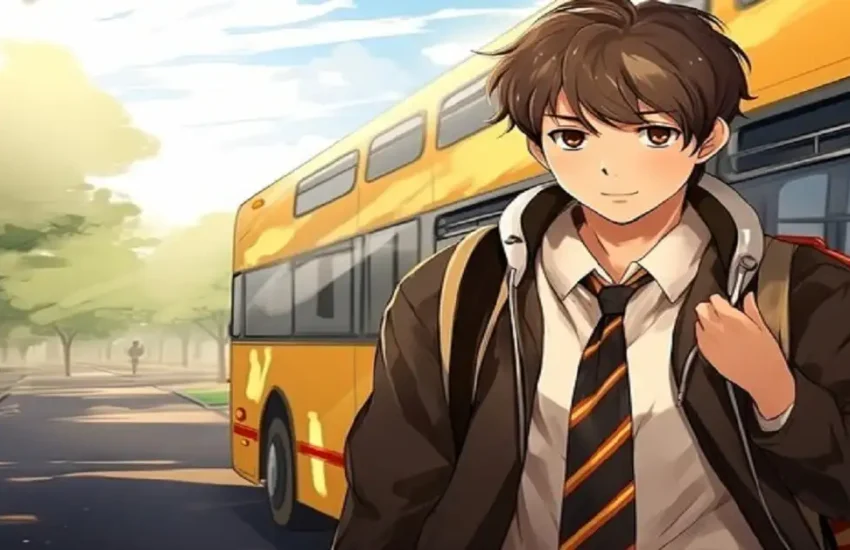“Mastering Anime Drawing: Techniques, Tips, and Resources for Creating Expressive Characters”
Drawing anime characters can be a rewarding and creative endeavor, combining artistic skill with a distinctive style that has captivated audiences worldwide. Whether you’re a seasoned artist or a beginner, learning to draw anime can be both enjoyable and challenging. This article explores various techniques, tips, and resources to help you master the art of drawing anime characters with ease.
Understanding Anime Style
Anime, originating from Japan, is characterized by its colorful artwork, fantastical themes, and vibrant characters. Key features of anime art include large, expressive eyes, simplified facial features, and exaggerated emotions. Mastery of these elements is crucial for capturing the essence of anime characters.
Getting Started: Basic Tools and Materials
Before diving into drawing, gather the necessary tools:
- Drawing Pencils: A range of pencils from H (hard) to B (soft) for sketching and shading.
- Paper: Smooth, high-quality paper suitable for drawing to prevent smudging and ensure durability.
- Eraser: A kneaded eraser for precision and a regular eraser for larger corrections.
- Ruler and Compass: Helpful for drawing straight lines and perfect circles.
- Coloring Tools: Colored pencils, markers, or digital tools if you plan to color your artwork.
Step-by-Step Guide to Drawing Anime Characters
1. Anatomy and Proportions
Understanding human anatomy is fundamental. Anime characters often have elongated limbs and exaggerated features, but a basic understanding of proportion is necessary for creating believable characters.
- Head Proportions: Typically, an anime character’s head is larger in proportion to the body compared to realistic proportions.
- Eyes: Anime eyes are large and expressive, often taking up a significant portion of the face.
- Facial Features: Simplified and stylized, with emphasis on emotive expressions.
2. Sketching the Outline
Start with light, basic shapes to construct the body and pose of your character. Use circles and lines to map out the head, torso, limbs, and joints. This preliminary sketch serves as a framework for adding details later.
3. Adding Details
Refine your sketch by adding details such as hair, clothing, and facial features. Pay attention to the flow of hair and clothing, which often convey movement and personality. Anime hairstyles can be intricate or simple, depending on the character’s design.
4. Emphasizing Expressions
Anime characters are known for their expressive faces. Experiment with different eye shapes, eyebrow positions, and mouth expressions to convey various emotions such as happiness, sadness, anger, or surprise. Practice drawing different expressions to improve your skills.
5. Shading and Coloring
Once your outline is complete, add shading to create depth and dimension. Consider light source and shadows to make your character appear more three-dimensional. Anime art often uses cell shading or soft shading techniques to achieve a stylized look.
If coloring digitally, use layers to separate different elements (e.g., line art, base colors, shading) for easier editing and refinement.
Tips for Improvement
- Practice Regularly: Like any skill, drawing anime characters improves with practice. Dedicate time to sketching and experimenting with different techniques.
- Study Anatomy: Understanding human anatomy enhances your ability to create dynamic poses and realistic proportions, even in anime style.
- Seek Feedback: Join online communities or art groups to receive constructive criticism and learn from other artists’ techniques.
- Experiment with Styles: Develop your unique style by experimenting with different approaches to drawing and coloring.
Resources for Learning
- Online Tutorials: Websites and video platforms offer tutorials ranging from beginner basics to advanced techniques in anime drawing.
- Books and Guides: Many books are dedicated to teaching anime drawing, providing step-by-step instructions and inspirational artwork.
- Practice Prompts: Daily drawing challenges or prompts can inspire creativity and help you refine your skills.
Conclusion
Drawing anime characters requires patience, creativity, and attention to detail. Whether you’re sketching for fun or aspiring to become a professional manga artist, mastering the fundamentals is essential. With practice and dedication, you can create compelling anime characters that reflect your unique artistic vision. Enjoy the journey of bringing your favorite characters to life on paper or screen!



